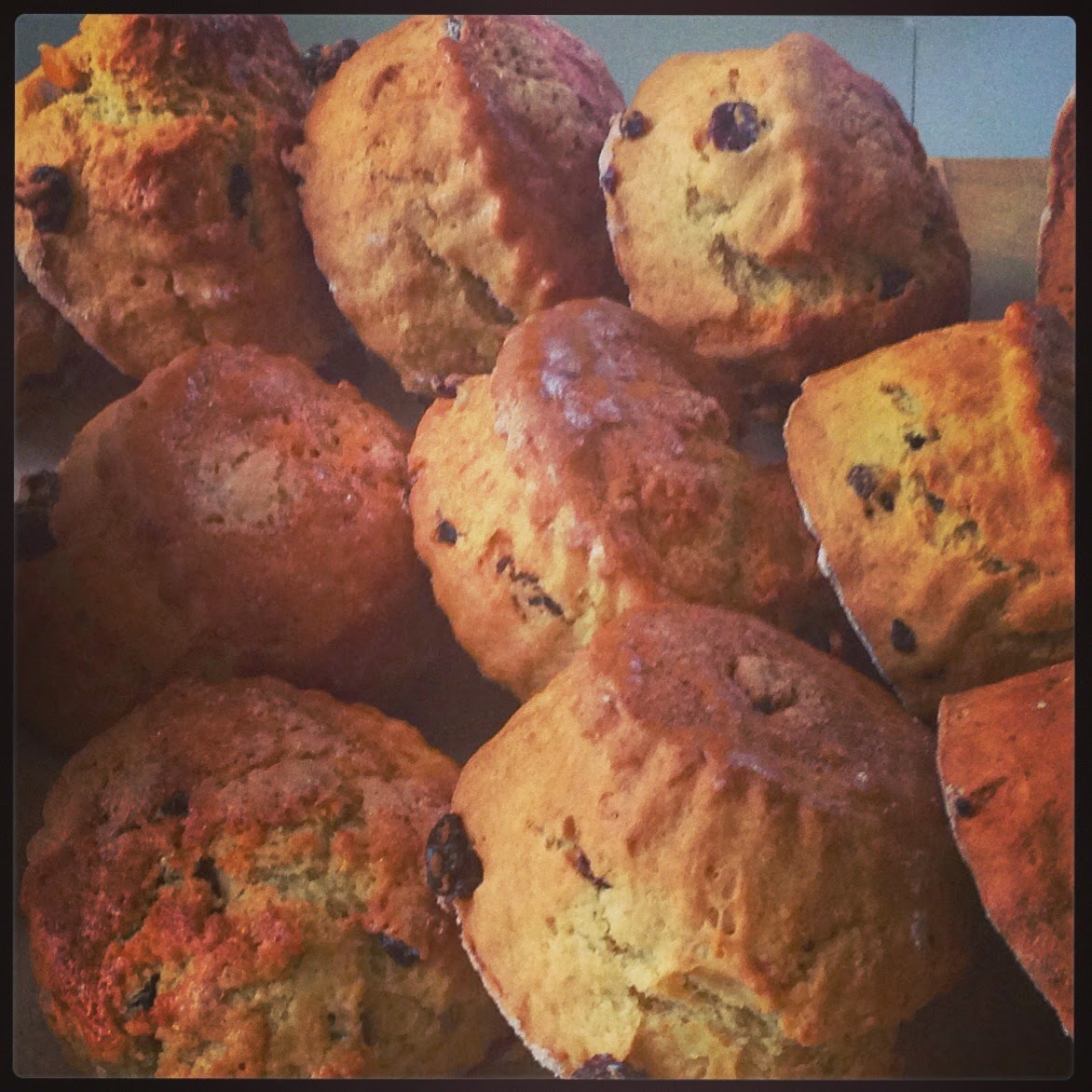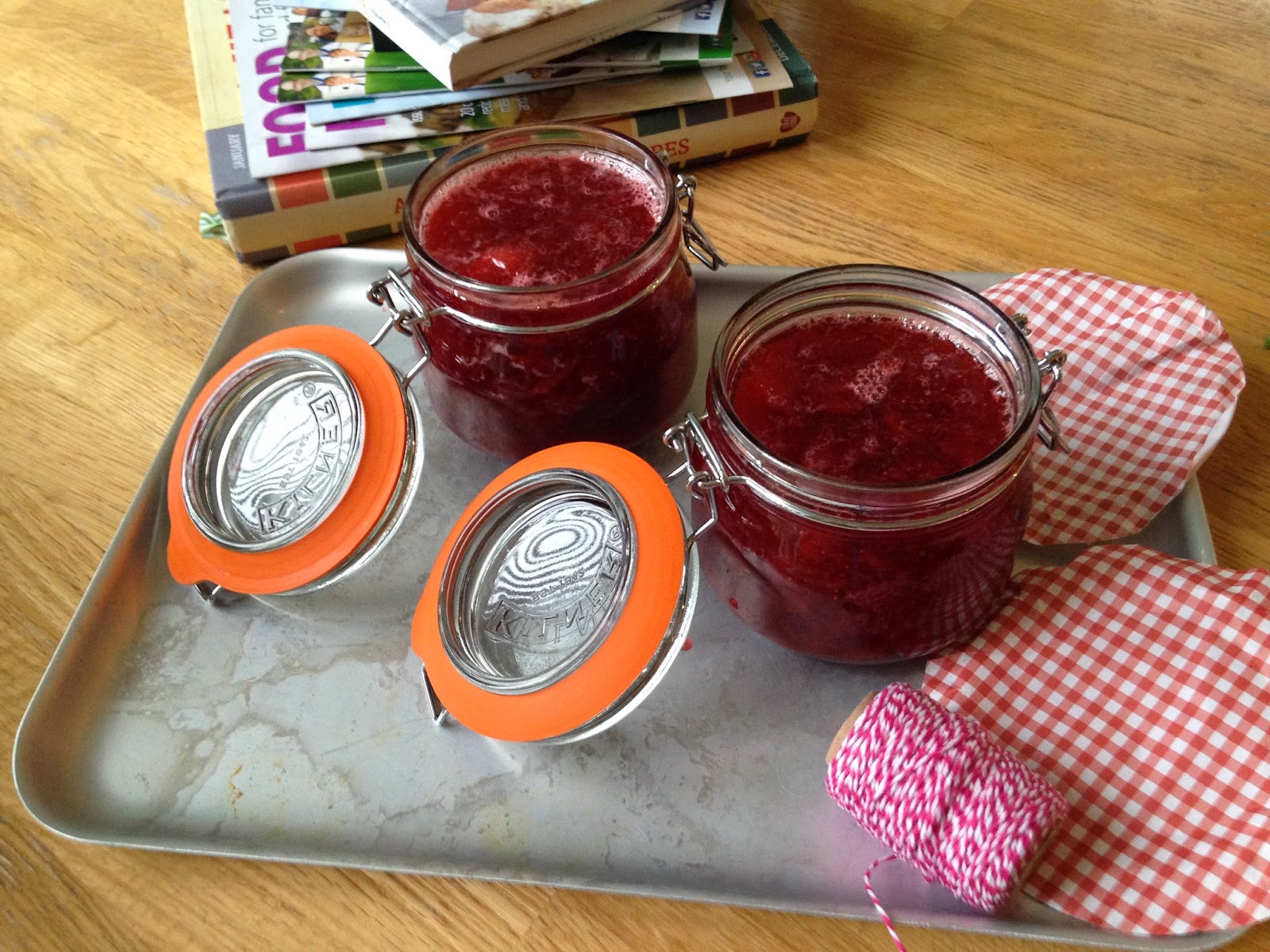 With the long evenings creeping in, autumn steadily upon us and being back to school the vegetable soup is firmly back in action and replacing the summery salads and light lunches.
With the long evenings creeping in, autumn steadily upon us and being back to school the vegetable soup is firmly back in action and replacing the summery salads and light lunches.
This soup is so easy to prepare. It’s packed full of your five a day, nutritious, warm, comforting, gluten free and best of all very easy to prepare.
I like to make a large pot of this soup and use it for lunch in work or freeze it in lunch boxes.
It is also very cheeky served with some of the caramelised onion bread featured on the blog.
Ingredients
1 onion
3 carrots
2 parsnips
1 leek
3 sticks of celery
40g butter
2 tablespoons of olive oil
2 litres of homemade chicken stock
Salt and freshly ground pepper
Parsley
To serve:
A little dollop of Cream
Chopped chives
I have been making soup for a long time and I used to be constantly disappointed, lashing in copious amounts of salt and pepper and deeming it tasteless time upon time.
Finally I discovered that the secret to a well flavoured successful soup is a good homemade stock.
Finally I discovered that the secret to a well flavoured successful soup is a good homemade stock.
I like to make mine using the leftover carcess of the roast chicken boiled up with some celery, carrots, onions, rosemary, parsley, a bay leaf and a little garlic with lots of cold water. Once the stock begins to boil leave to simmer for a few hours and then sieve and discard the bones and vegetables. Freeze in small portions for ease of use. I use my chicken stock mostly for risottos or soup and there is a huge difference to the commercial stock cubes. The flavour is so much more intense and I also find you are less thirty due to the lack of salt from commercial stock cubes.
That being all said you can obviously still use commercial stock cubes as they can be very convenient and it is not always possible to have fresh stock available to you!
To begin dice up all the vegetables nice and finely.
Keeping Paleo in mind I have removed the potato from this soup and the flour to thicken it and it works just fine!
Begin my heating some oil and a little butter.
Fry the onions only first and allow them to sweat and soften.
Next add in the leeks, carrots, parsnips and celery and stir to coat all the vegetables.
Continue to stir the vegetables for a few minutes to help evenly cook and avoid burning and sticking. Generously season with some salt and black pepper. Pour in the stock and turn up the heat to boil. Once the soup is boiling, reduce the heat, cover the soup and simmer gently for 15-20minutes.
Blitz the soup in the blender and return to the heat to cook once more.
Serve with some fresh cream and some chopped fresh parsley and chives.































